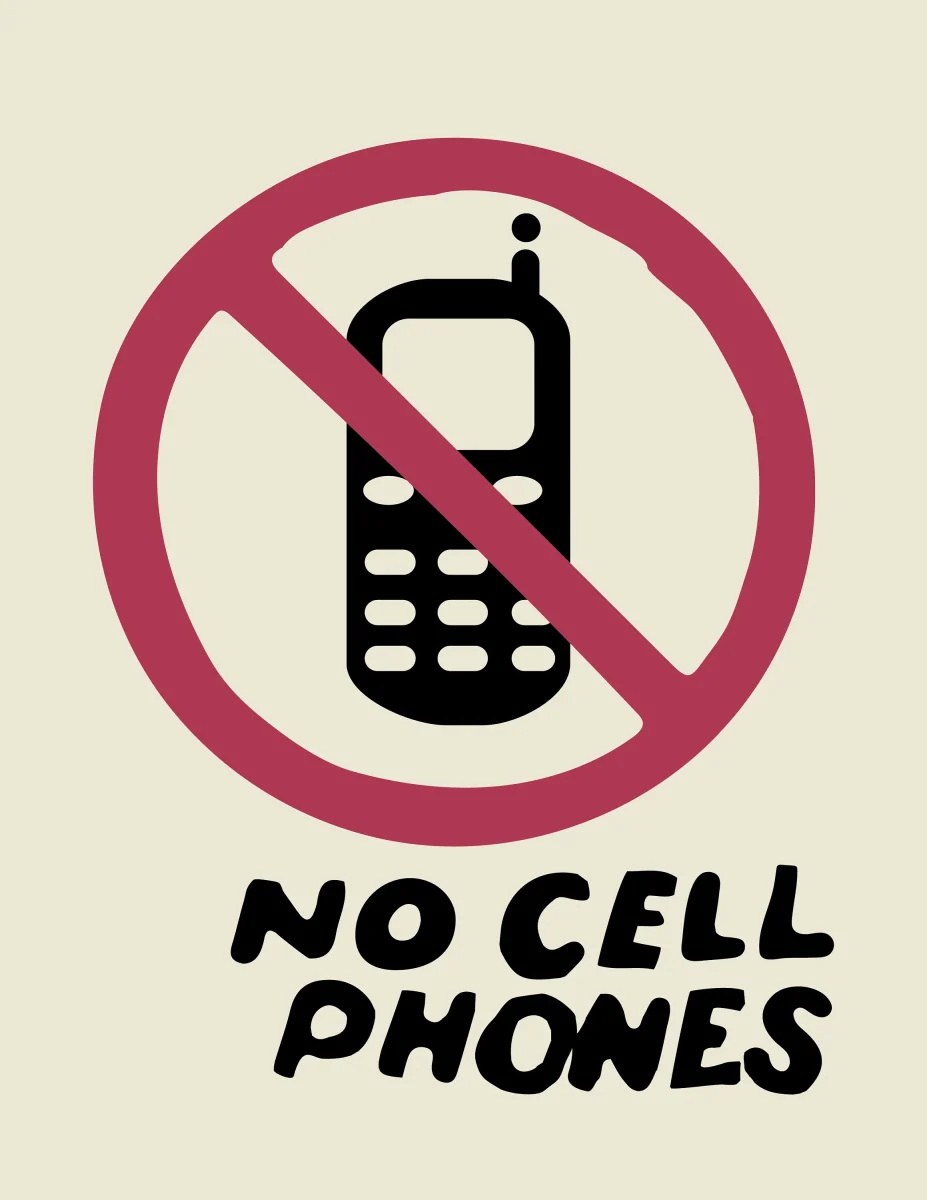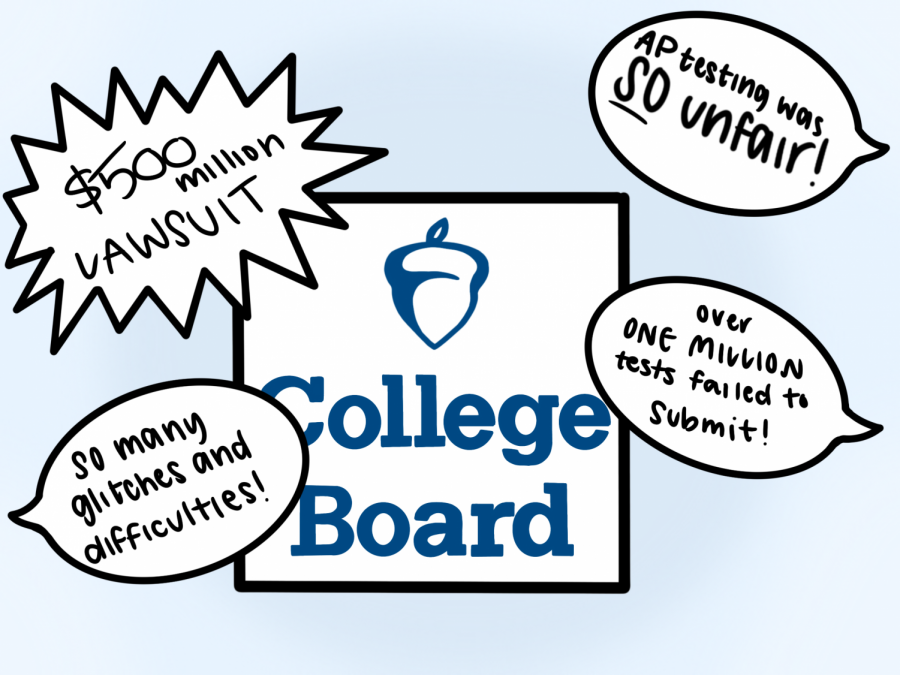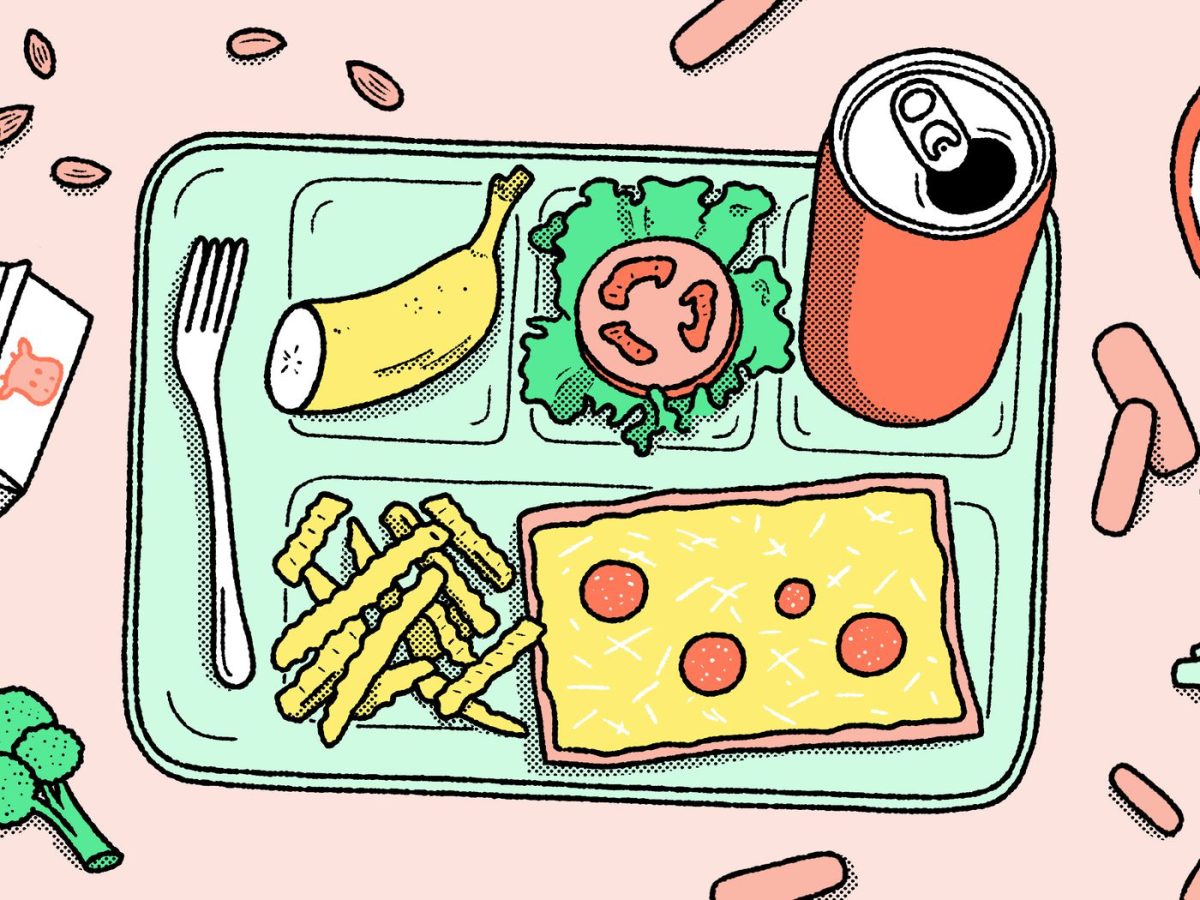School lunch. These two words often evoke groans and complaints from students across the nation. What exactly is it about this midday meal that fails to satisfy the taste buds and appetites of students? When writing this article, I dove deeper into the dissatisfaction behind school lunch, and what we can do as a school to make it better.
It is no secret that students are often dissatisfied with the quality and taste of their school lunches. From soggy mozzarella sticks to overcooked chicken, the complaints about school meals are never minuscule. Students argue that the meals lack variety, flavor, and nutritional value, leading to their disinterest and aversion towards school lunch. Many schools tend to stick to a cycle of meals, leaving students with limited options and little excitement about what awaits them in the cafeteria each day. The menu is extremely repetitive and can easily become boring, leading students to lose interest and seek sometimes just go hungry. Students are usually not allowed to leave campus for lunch during school. I think this is unfair considering that some students would rather go hungry than eat cafeteria food.
While schools are mandated to provide nutritious meals, students often believe the food they are served is lacking essential nutrients. Some preach that the high amounts of processed foods and the low amounts of fresh fruits and vegetables is a big issue. The absence of healthier options not only affects students’ overall well-being but also contributes to their disinterest in school lunch.
School lunches taste bad. The meals prepared by school cafeterias are almost always bland, overcooked, or have little to no seasoning. The lack of flavor can make the most basic dishes unappetizing. This turns students to alternatives such as bringing lunch from home or buying snacks from vending machines. Some students don’t have those things available outside of school, so their only option is school lunch or going hungry.
Plus, the limited time for lunch periods just makes the problem worse. Students often find themselves rushing through their meals, barely having time to eat the food before going back to their classes. This just diminishes the enjoyment of the meal and further contributes to the negative perception of school lunch.
The reasons behind students’ disapproval of school lunches are multi-faceted, ranging from no variety and nutritional value to unappetizing taste and rushed eating experiences. As schools try to cater to the diverse needs and preferences of their students, it ends up having more of a negative outcome than a positive one.
We should push schools to do things for the good of their students hings that would ensure the availability of lunches no matter what ff-campus lunch, hypo-allergenic lunch options, keto/diet-friendly lunch, and more. There needs to be more steady and organized lunches for everyone. Whether a student decides to find lunch on or off campus, all that matters is the health and wellness of that student, and whether or not they are eating daily. I think the happiness and health of students matter greatly and there are so many things school districts can do to help this issue.































